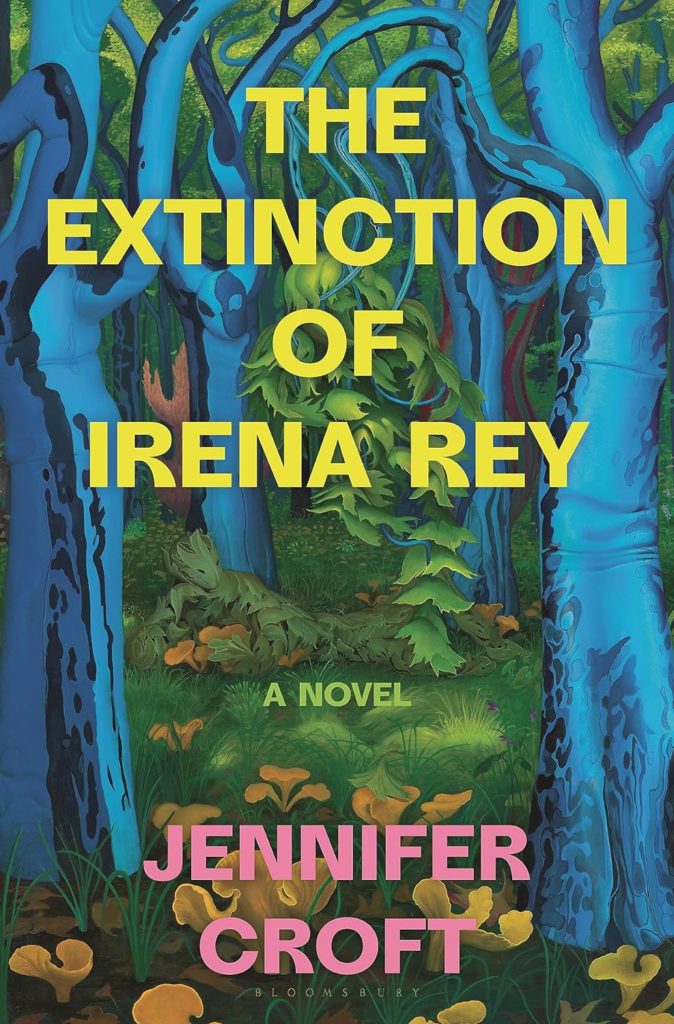 An eccentric but ostensibly brilliant author has a new book ready for translation. She summons her equally odd but insightful translators to her home on the edge of the Bialowieza forest reserve in Poland. They all get together, go through the manuscript and spend all day translating from Polish into their respective languages. But this time, their author Irena Rey is behaving strangely — even for her.
An eccentric but ostensibly brilliant author has a new book ready for translation. She summons her equally odd but insightful translators to her home on the edge of the Bialowieza forest reserve in Poland. They all get together, go through the manuscript and spend all day translating from Polish into their respective languages. But this time, their author Irena Rey is behaving strangely — even for her.
She is obsessed with the logging happening in Bialowieza forest — and the endangered fungi that grow there. She leads the group on bizarre nature hikes. Most importantly, she isn’t sharing her pages with the translators and the group begins to suspect something else is afoot.

But this book is anything but a missing persons case. It is a thoughtful exploration of language and translation. Where does the author end and translator begin? How does language create thoughts? What is a translator with no work to translate? And what is a writer if there is no one to read their work? The question becomes even deeper when one remembers that the Jennifer Croft, author of the book in your hand, is herself a translator of Polish into English for Nobel laureate Olga Tokarczuk. In the Extinction of Irena Rey, all these philosophical quandaries are set against the backdrop of an ancient, primeval symbiotic ecosystem on the brink of destruction. But, of course, any one of these ideas can be imposed on the wider world.
…a tree that was almost too much to be true, that truly was incredible, with its trunk that was almost eight meters around, a staggering circumference, glittered over by dragonflies, heavy, petite, iridescent incarnations of Irena’s genius, when suddenly a flock of impossible parrots exploded out of the alders, and we looked up to see them shattering the sky. ~Pg. 101
Still, Croft keeps the story moving with a narrator of increasing desperation, footnotes from another character, bizarre clues and a unpredictable Irena Rey. Reality — and the meaning of words — is blurred. And just for fun, although the action takes place in 2017, an introductory note from the translator is signed as 2027.
The book is smart and imaginative, but not light reading. To truly enjoy this novel, a reader will need to devote a certain amount of concentration and thought. That said, it is by no means incoherent or opaque. Readers looking for something in the realm of Bellwether Revivals, The Luminaries, or The Ecliptic will like this one.
My thanks to Bloomsbury for the advance reading copy.
Publisher: Bloomsbury Publishing (March 5, 2024)
Language: English
Hardcover: 320 pages
ISBN-10: 1639731709
